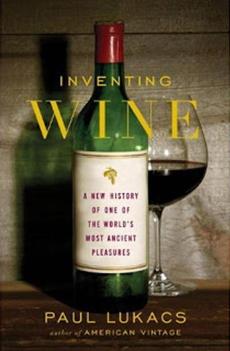
A book about the moral, philosophical and health reasons for a person, government or religion to eschew alcohol should be a slam dunk fascinating topic for someone like me. I love to read and I blog about craft beer which has been critically impacted by a major U.S. prohibition. So, when I was offered a copy of The Wet and the Dry to review, I leapt at the chance.
The writing credentials of the author Lawrence Osborne seemed to indicate a “sober” look at this issue. His work has appeared in the New York Times Magazine, Wall Street Journal Magazine, the New Yorker. All usually publish articles of interest. The book jacket summary was promising and alcoholic prohibitions could yield so many insights. Hell, a memoir of a descent into alcoholism would be interesting. Or the role of alcohol in the Muslim world if alcoholism has been covered enough in your mind.
Unfortunately, this writing is totally hampered by the narrator’s near constant alcoholic haze. Osborne is a pompous ass throughout the book. He jumps into pools drunk. He casually dismisses people, especially the ones that dare ask for the article he was supposed to write. He spends scads of money on hotel opulence all while opining in a quasi-literary voice. He is that drunk guy at the end of the bar who loves the sound of his own voice that everyone edges away from in pity and loathing.
Instead of illuminating the role of alcohol in cultures (most notably the Middle East), he flaunts his knowledge. There is no passing of information from author to reader. I stopped reading the book 40 pages in and read two other books. I read another 40 pages and came to the decision that this had to be a novel and I was following the exploits of an anti-hero.
The main reason why this “character” is so foul in my eyes is that there is no appreciation of the arak or champagne or the “11 Mai Tais” he drinks. It is the American consumption for consumptions sake credo. He may as well mainline Everclear if the only point is to achieve his nirvana of drunkenness.
Why even travel to lands that most readers will never visit if all you can do is sit in a hotel bar swirling your G&T. All the while lamenting the fact that the bar carries spirits you can find anywhere. I learned more about Dubai when Tom Cruise pulled the Spiderman act in Mission Impossible.
I have read many glowing reviews of this book which praise the witty wordplay. To me it was a series of unremarkable tossed off one liners that probably sound better if you are three sheets to the wind. After reading The Wet and the Dry all I could think about was finding a book(s) that would actually convey a thought and not some incoherent babblings accented by a trip to the dictionary of pretty words.










